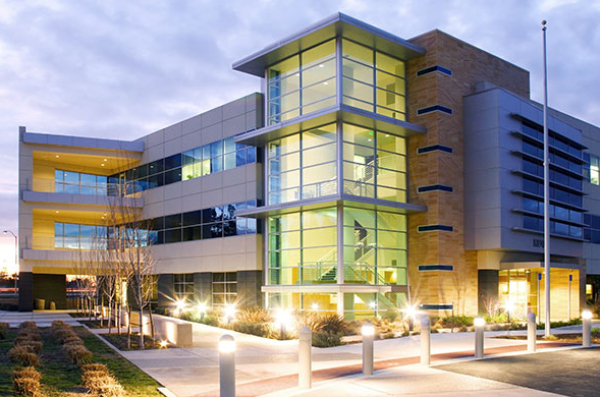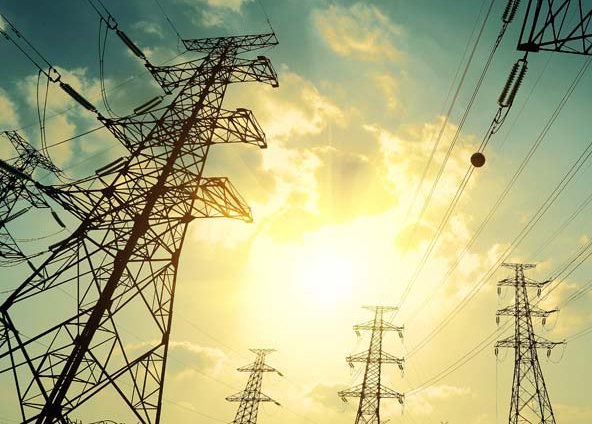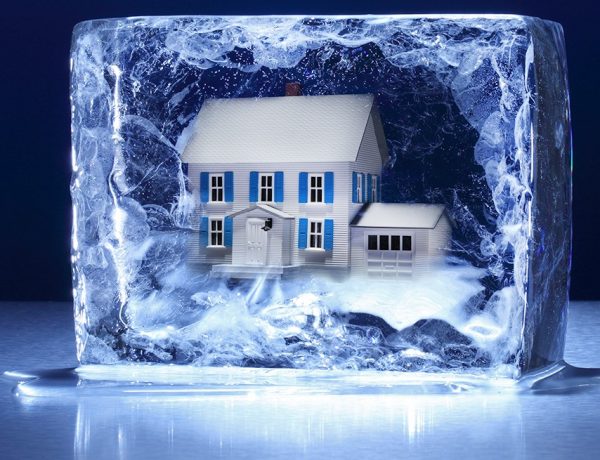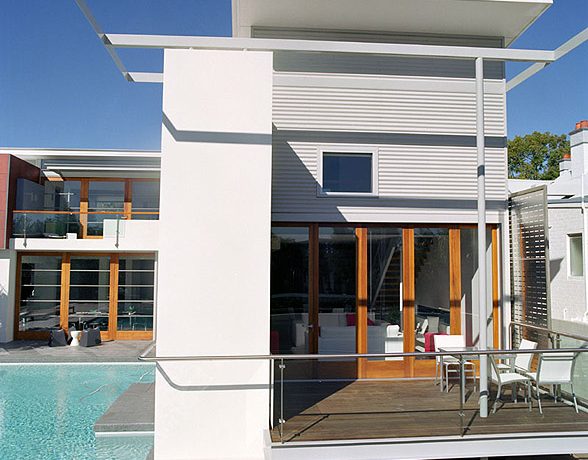Most houses in Australia have a single-phase electricity supply. This means that a single live wire feeds in from the electricity grid into the home, supplying 230 or 240 volts; there is also a neutral wire, which is designed to trip the breaker or blow a fuse to avoid instances of electrocution. In most instances, single-phase electricity has no problems powering a home. However, it is possible to have a more constant and smooth current in the form of three-phase power. This involves three live wires (plus the neutral wire) feeding into the home, providing 400 or 415 volts of electricity.

Regular residential regularly requires single phase power supply
How to know if you have single-phase or three-phase electricity in your home? An electrician should be able to tell you what sort of power you have coming into your home. Alternatively, your fuse box generally offers a couple of clues. The first are the large black service fuses; single-phase power will have one of these, three-phase will have three. Alternatively, there may be a single mains switch, or a three-pole mains switch. Whatever it may be, it’s advised to look but not touch when it comes to electricity.

Am I single phase or 3…?
While it might seem advantageous to have three-phase power over single-phase, it may not actually be necessary. Three-phase power is more typically found in commercial and industrial buildings that require a heavier and more balanced power load and use appliances and machines with higher voltage needs than most standard products found in the home. Of course, this is not always the case, and a home on single-phase power may experience the regular tripping of switches if too much power is being drawn at the same time, which causes the circuits to be overwhelmed.

Commercial buildings naturally require far more power than residential
Some big electric motors may require three-phase power, so if you want your home to have a large ducted air-conditioning system or any commercial grade appliances this may be cause for investigation. A combination of larger motors and power heavy appliances can also be problematic if they are used at the same time. Things such as pool and spa pumps, large air conditioning units and heat pumps, hard wired kitchen appliances etc. could put pressure on a single-phase system if used at the same time, particularly in larger houses which may have multiple appliances and lights on at any one time.

A ducted air conditioning system could require 3 phase power to run smoothly
The type of phased power coming into your home can also have implications for rooftop solar inverter options and can affect how much power can be fed back into the grid. It should also be noted that connection fees and fixed charges for three-phase power are higher than single-phase. Because it’s not as simple as just deciding how much power you need, it’s a good idea to check all your appliances and their voltage needs and to consult with a qualified electrician to determine which type of phased power is appropriate for your home.





No Comments